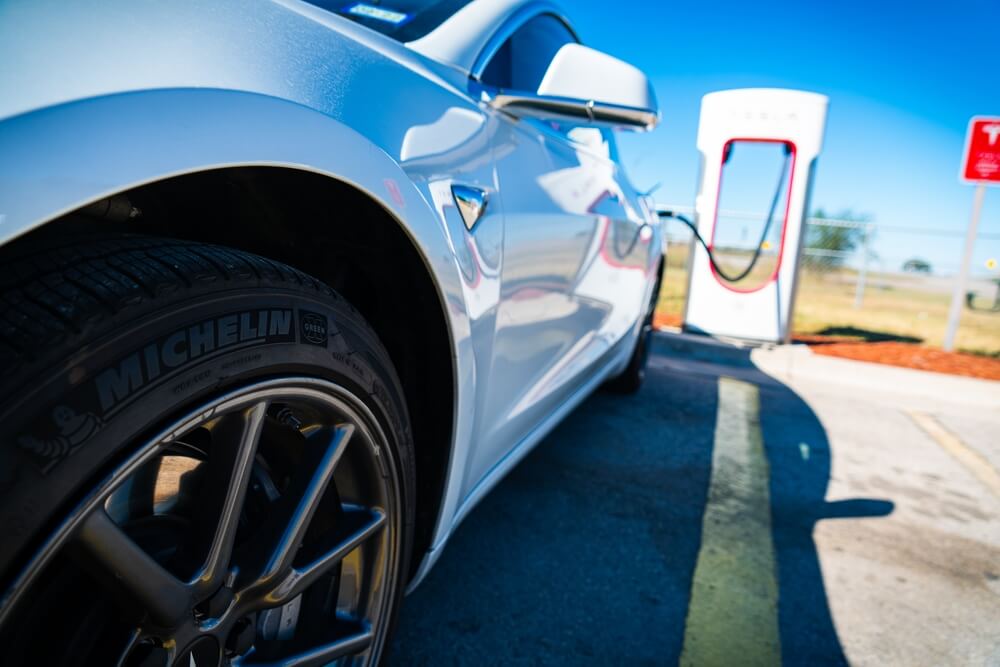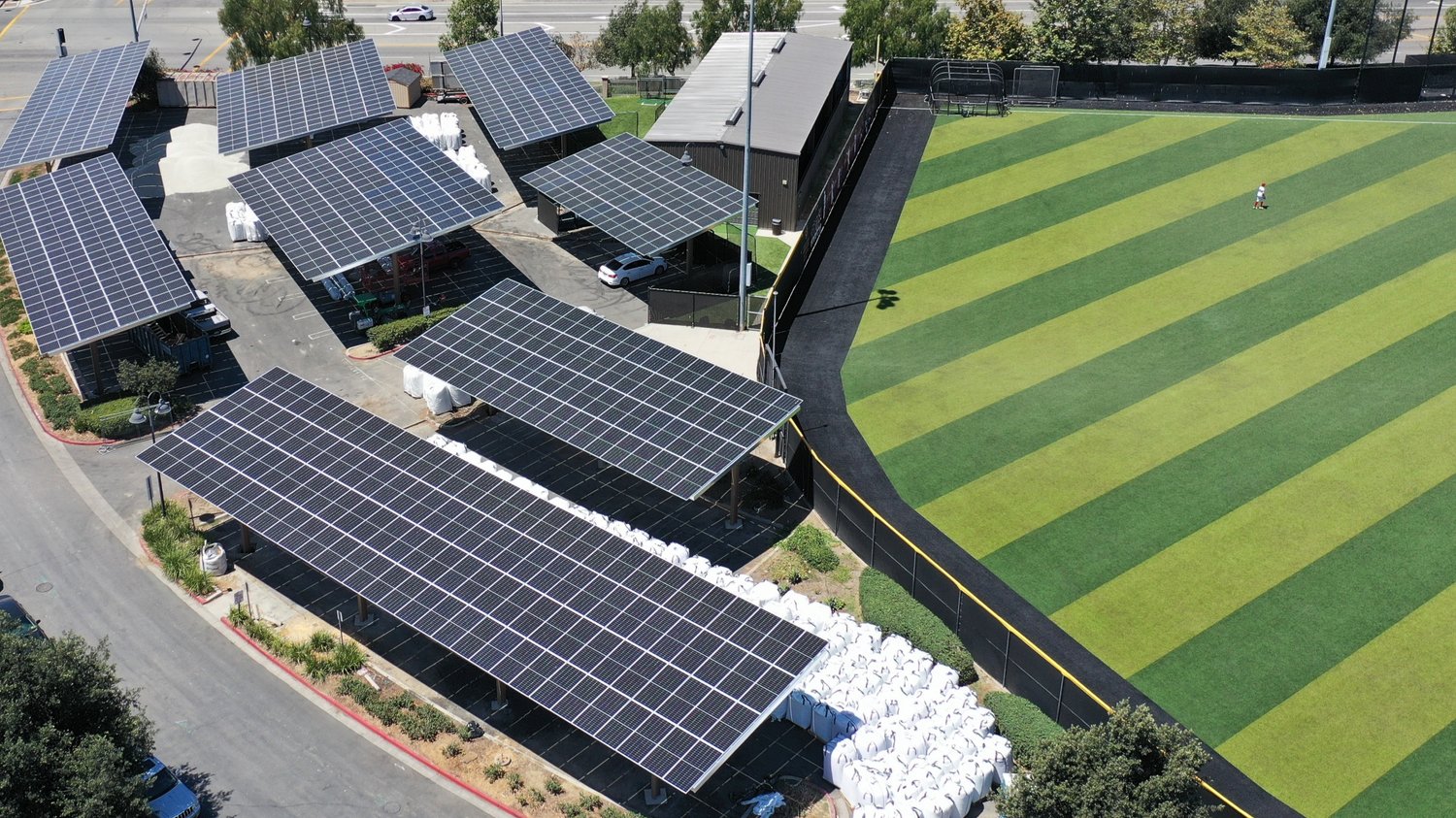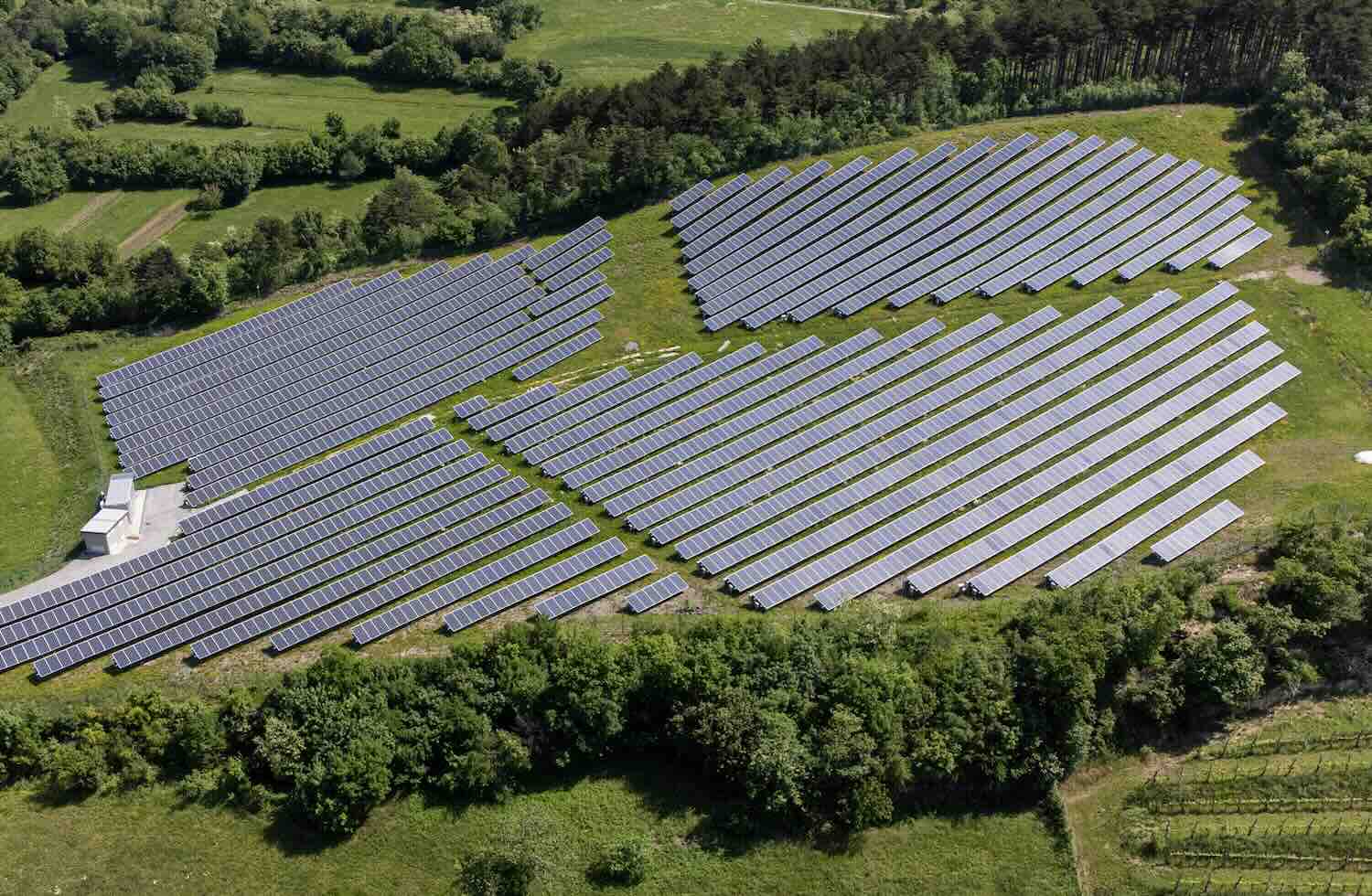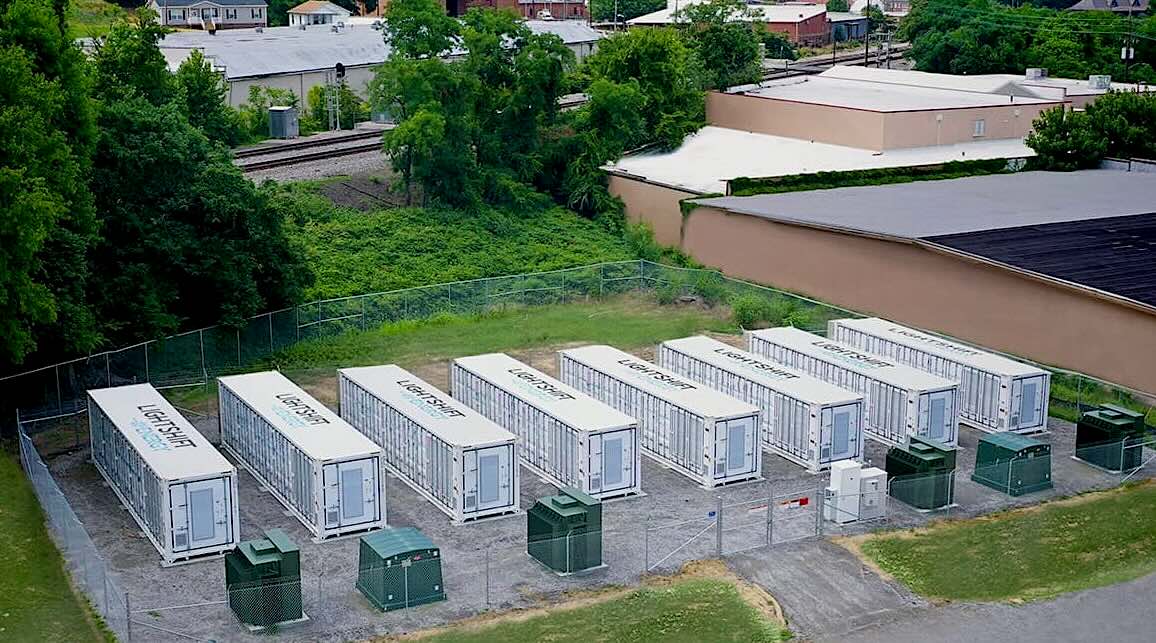ImpactAlpha, Jan. 31 – “Nobody said it was easy,” as Coldplay reminds us. “No one ever said it would be so hard.”
That’s how BloombergNEF’s Corey Cantor kicked off his talk, “What could derail US EV adoption?” at this week’s BNEF Summit in San Francisco.
The vibe shift on US adoption of electric vehicles comes even as sales topped 1.4 million last year, up more than 50%. Signals like Ford’s major pullback in its EV battery investment plans and GM’s delays in the introduction of Chevy’s Equinox SUV suggest past performance may not be a reliable indicator.
Cantor cited consumer perceptions of high prices, low range and the continued shortage of (working) charging stations. This year’s US presidential election introduces political risk, not just to EV tax credits in the Inflation Reduction Act, but also to fuel economy standards and executive orders around government fleet purchasing. Made-in-America rules mean many EV models are not eligible for the IRA tax credits, anyway.
And EV adoption has become as polarized as everything else; sales are markedly higher in “blue” states than “red.” Ford’s sales of its F150 Lightning are at only about 20% of the company’s targets.
When it comes to EVs, “Success, not failure, is the historical outlier,” Cantor said.
Green shoots
Now the good news. Hyundai-Kia, Volvo, Mercedes-Benz and BMW report the EVs make up a dramatically higher share of sales. Tesla and Rivian are readying mass-market models for next year. More affordable models are on the way, like the Kia EV9 and the Volvo EX-30.
Federal grants for public EV charging infrastructure are starting to go out the door. BNEF projects US EV sales will reach 1.9 million vehicles this year. Restating the question in his title, Cantor asked, “How can stakeholders take advantage of a changing, unsettled US EV market?”
Charged up
The demand for reliable EV chargers means charging companies that can execute “are setting impressive benchmarks” in revenues and profits, said Henry Lee of UBS, which has invested in Xeal, EV Passport, Blink Charging and others.
In New York, Revel Transit integrates a network of fast-charging hubs with its ride-hailing service to maximize utilization in a dense urban environment. Mayor Eric Adams has called for the city’s 100,000 ride-sharing vehicles to be all-electric by 2030.
Michael Battaglia of Blink, which owns 5,000 chargers in the US, said utility load-sharing and bidirectional vehicle-to-grid schemes can help EV charging networks recoup costs.
Elemental Excelerator’s Dawn Lippert said AI and new technologies will disrupt EVs like everything else. Elemental’s portfolio company Halo.car already uses remote drivers to deliver EVs to customers in Las Vegas.











